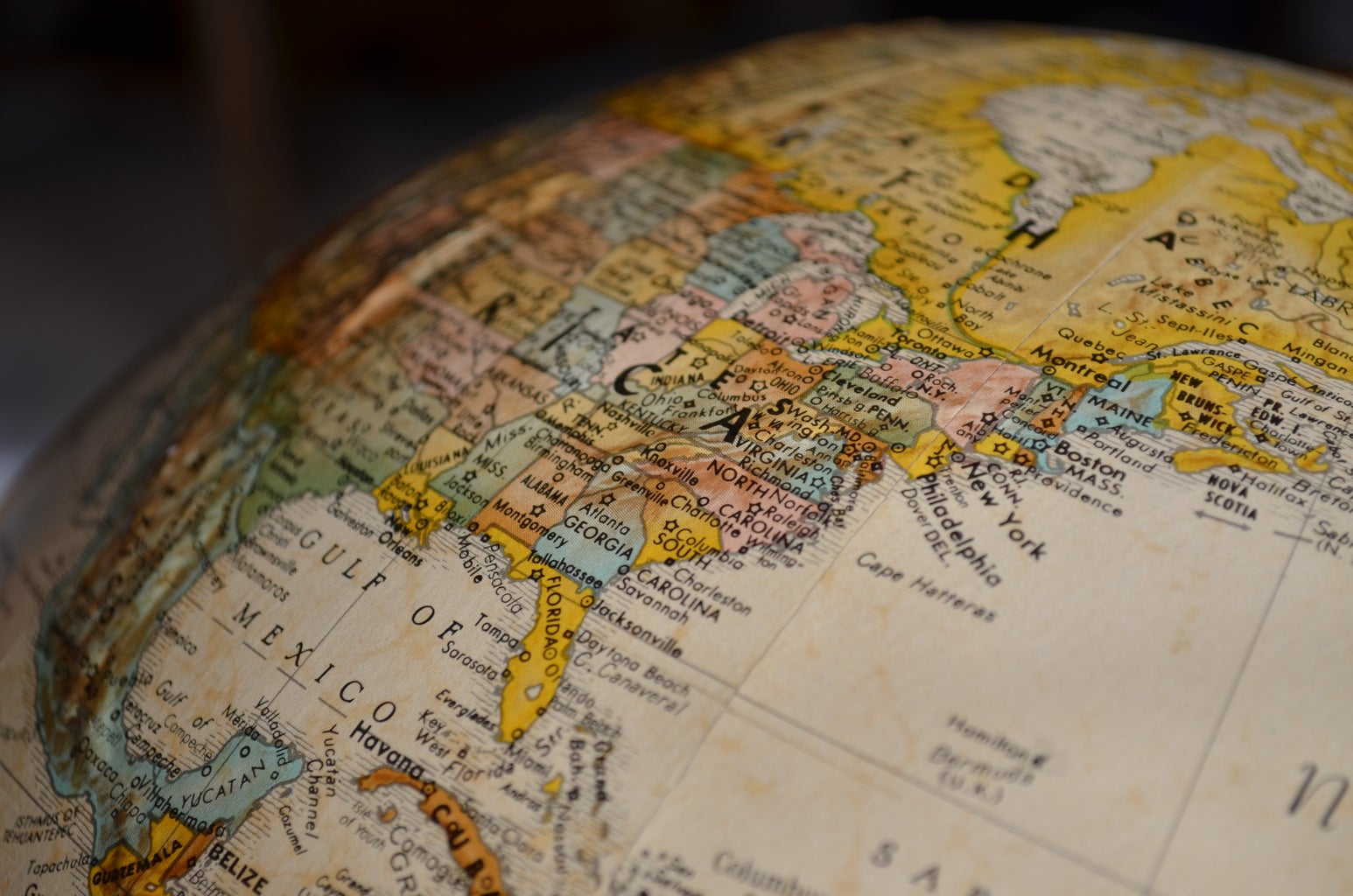Since coming to America, I have always identified as “Indian.” “Brown,” while not the best way of being represented, is also a popular name for Indian and Middle-Eastern people. “South Asian” refers to people who originate from Afghanistan, Bangladesh, Bhutan, India, Nepal, Pakistan, Sri Lanka, and the Maldives. Even though the word has been around since 1971, I never heard “South Asian” circulate among my community until college.
A part of me could understand why “South Asian” is a beneficial word, as many times, certain nationalities were always grouped into the “Indian” category. “South Asian” encompasses all countries that reside in a particular region of the world, and therefore, recognizes that there is more than just the Indian subcontinent. However, another part of me felt uncomfortable referring to myself as “South Asian,” because my cultural identity is being distilled to a geographic region, shared with countries of vastly different traditions, values, and norms. It’s a great thing that countries like Pakistan and Afghanistan are not being conglomerated with India to become the “Indian subcontinent,” but I feel the term “South Asian,” reduces the cultures and communities of multiple nations into one location. Indian culture is not nearly the same as Afghan, Pakistani, Sri Lankan, or Maldivian culture. Additionally, “South Asia,” geographically speaking, would include Indonesia, The Philippines, and even Australia, yet those aren’t included in the “South Asian” umbrella. I feel the term is a bit reductive and can give a sense that these different countries all follow the same cultures and customs.
It’s important to consider how other countries are represented. Although Canada, the U.S., and Mexico are in North America, we never hear Canadians, Americans, and Mexicans refer to themselves as “North American,” especially because their cultures are vastly different from each other. It makes no sense to group all the people of North America into one category. Africa has the opposite problem, where media and foreign countries have boiled down every citizen from Africa to belong to the continent (aka, only being seen as Africans) rather than recognizing there are 54 different countries. Cultures and customs from Kenya will be different from Nigeria, which will be different from Libya, and so on. Yet all Africans are grouped into one cultural and environmental picture in foreigners’ minds. In some continents, such as South America and Europe, it is slightly more common for people to refer to themselves as “South American” or “European.” All these examples show how different terminology is used (or not used) in different ways, and how sometimes identifying by geographic regions is more common for some, and less acceptable for others.
Every individual has the right to identify themselves how they want to identify, and I or no one else has the right to dictate how another person feels represented. There is nothing wrong with identifying as “South Asian” if that is your personal choice. Additionally, for all the previous examples on nationalities and continental terms, I am not trying to claim that those are the correct or incorrect ways of identifying. As an Indian, I have no right to tell how other races, ethnicities, and nationalities should feel about certain identifiers, but as my own individual, I don’t feel fully represented by identifying as South Asian. Indian culture has rich traditions, norms, and history that cannot be equated to the rich traditions of other countries. However, I still appreciate how the term “South Asian,” recognizes that there are more countries than just India.




